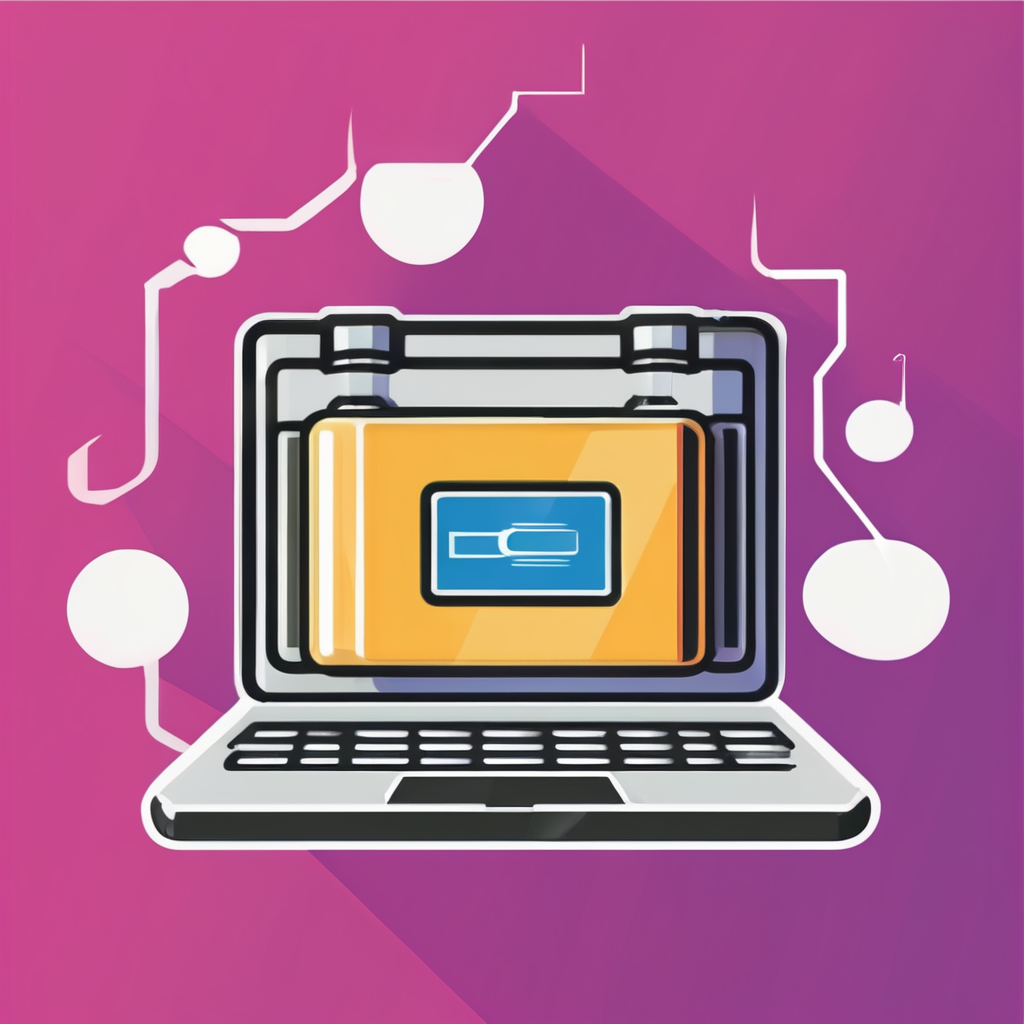Creating professional voice overs no longer requires expensive equipment or hiring talent. AI voice generators deliver natural, expressive narration instantly, adapting tone and style to your project’s needs. This technology transforms content creation, making polished audio accessible, affordable, and easy—even for beginners. Discover how AI-powered tools like Canva combine innovation and simplicity to elevate your videos, presentations, and marketing materials with minimal effort.
Essential Guide to Using AI Voice Over Technology for Professional and Creative Projects
Harnessing the innovations behind modern ai voice over tools begins with understanding exactly how these systems operate. When you choose AI voice over services for your videos, audiobooks, presentations, or online courses, you’re leveraging platforms that employ deep learning algorithms to turn text into realistic voice synthesis almost instantly. This means your typed words are transformed into speech brimming with natural tone, accent, and intonation—no need for complex equipment or recording booths.
Also to discover : Unlock seamless creation of top-tier ai voice overs
The most evident benefit is cost-efficiency. Traditional voice recording with human talent can be expensive and lengthy. AI-driven text to speech technology simplifies the workflow: write your script, select a voice, and generate clean, studio-like audio within minutes. For projects with tight deadlines or limited budgets, this translates into both rapid content creation and reduced overhead.
AI voice over apps—especially those with multi-language voice over and natural voice generation—open the door to broader accessibility. You can localize content, producing voice overs in dozens of languages and accents, making your media reach communities worldwide with a personal touch. Some of the best ai voice generators, as highlighted on dedicated pages, provide features such as pauses, uptake of emotion, and pacing adjustments for even more lifelike results.
Also to read : How Does High-Tech Computing Transform Daily Life in the UK?
Practical use cases abound:
- Creative agencies use AI narrator solutions for video production, cutting timelines nearly in half.
- Educators and authors provide audiobooks and e-learning materials in multiple voices and languages.
- Social media managers turn simple scripts into engaging clips for YouTube, Instagram, and TikTok with free voice over software, scaling content without extra cost.
The underlying tech not only expedites workflow but also empowers users at any skill level to achieve professional-grade voice overs—moving from idea to audio faster while maintaining clarity and charisma.
How AI Voice Over Generators Work and Their Key Features
AI voice over generators harness deep learning and neural networks to deliver realistic voice synthesis. The process begins with advanced models analyzing vast datasets of real human speech. These large datasets train algorithms in speech synthesis software to mimic natural speech patterns—capturing not just words, but also rhythm, tone, and personality. Through this method, human-like voice synthesis is achieved, allowing AI systems to produce voices that sound uncannily genuine.
Deep learning and neural networks powering voice over AI
Modern platforms rely on neural nets that distinguish between subtle nuances in pronunciation, pacing, and intonation. This approach makes realistic voice synthesis robust, giving text-to-speech outputs a lifelike quality. In practice, these models underpin ai audio narration tools and are essential in powering tools for precise, high-fidelity content.
Voice cloning: tone, emotion, intonation, and pacing replication
Voice cloning software takes things further by replicating not only a speaker’s sound but also their emotion, intonation, and pacing. The result: speech synthesis software can produce compelling audio for video narration ai projects and other creative needs.
Dynamic features: accents, gender, emphasis, and multi-language support
Many AI tools now provide flexible options, such as adjusting accents, gender, and emphases. Multilingual capabilities are central, ensuring ai audio narration tools can reach broad audiences with region-specific, human-like voice synthesis. Such adaptability is vital for today’s diverse and global digital content.
Platform Capabilities and Leading Tools in AI Voice Over
Canva, PlayPlay, ElevenLabs: Core Features, Integrations, and Accessibility
Canva, PlayPlay, and ElevenLabs lead the field with advanced ai voice over apps and some of the best ai voice generators on the market. These platforms make video narration ai straightforward by enabling users to convert text to lifelike audio and seamlessly integrate these files into visual content. Canva’s AI voice over for videos solution is accessible via web and mobile, offering a rich variety of voices and direct editing within its interface. PlayPlay also stands out for its direct timeline integration, allowing teams to layer voice overs directly within their video projects. ElevenLabs takes this further with multi-language support, precise control over voice inflection, and specialized dubbing features for content localization. All three solutions focus on natural voice generation and prioritize ease of use, eliminating the need for specialized equipment or complicated workflows.
Free vs Paid Tiers: Capabilities, Project Limits, Voices, and Upgrades
Free ai voice over generators within these platforms provide essential capabilities—basic voice libraries and limited usage—making them ideal for small projects or testing purposes. Paid upgrades unlock premium voices, higher character limits, and advanced features like emotional tone adjustment, batch processing, and professional ai voice over for videos. ElevenLabs, for instance, offers robust dubbing and speech to text technology in its commercial tiers. Canva’s enhanced plans support multi-character narration and deeper customization.
Integration with Video and Content Creation Software
Seamless integration is crucial for ai dubbing software and related tools like murf ai platform or lovo ai voice over. These platforms typically support drag-and-drop workflows for video narration ai, allowing editing and voice updates in real-time. API and SDK options from tools such as elevenlabs voice tech ensure compatibility with leading content platforms, streamlining the voiceover production ai process for creators.
Quality, Limitations, and Best Practices for AI Voice Over Projects
Evaluating output quality: naturalness, pronunciation, emotion, and pacing
Precision in voiceover production ai is measured by how convincingly the tool mimics natural human speech. Key elements like realistic deep voice over, proper pronunciation, expressive emotion, and smooth pacing indicate high quality. Many modern systems excel at auto-generated voice conversion, resulting in voices almost indistinguishable from real speakers, especially in text to speech applications. However, speech enhancement ai tools are critical for fine-tuning, as even advanced models sometimes mispronounce uncommon words or stumble on complex sentence structures.
Emotion conveyance and pacing also separate basic from sophisticated solutions. True ai voice synthesis accuracy can deliver dynamic inflection, bringing scripts to life beyond monotone narration.
Human vs AI: when to use AI voices and when to hire professional voice actors
Choosing between auto-generated voice conversion and human talent depends on the project’s needs. For large-scale, multilingual, or high-volume content, AI solutions provide efficient workflows. They shine in basic product demos, quick-turnaround social media videos, and repeated usability tests, minimizing cost.
Yet, voiceover ai challenges persist. For creative projects demanding deep realistic deep voice over and nuanced delivery—like emotional narratives or unique branding—professional actors remain essential.
Addressing limitations: tonal accuracy, language support, ethical concerns
AI tools offer broad language support but struggle with perfect tonal accuracy and subtle intonation shifts, especially in celebrity voice imitation and celebrity voiceover mimicry. Users must evaluate the ethical implications of deploying these features. Respectful use, copyright awareness, and clarity about AI involvement remain best practice standards within voiceover production ai.
Tutorials, FAQs, and Top Tips for Getting Started With AI Voice Over
Step-by-step guide to generating your first AI voice over
Start with your script and choose an AI voiceover user tutorial that matches your platform. Use free text to voice tools to paste your script and preview the outcome. Voiceover script optimization is essential—edit your text for concise, clear narration. Script to voice conversion can be performed by selecting your preferred voice and language, then generating the audio in seconds. Download the free ai voiceover downloads if you want offline editing, or work with browser-based options for direct integration with video or podcast projects.
FAQ: common queries about usage, licensing, and troubleshooting
Common questions include, “How does licensing work?” Many free ai voiceover downloads allow basic usage for commercial and personal projects, but always check specific terms. Most flexible voice over editing tools provide a help section for AI voiceover user tutorials. Troubleshooting often involves adjusting your browser settings or updating the platform’s app.
Tips for maximizing quality and customizing AI-generated voice content
For best results, refine your script for natural speech rhythm. Leverage voiceover script optimization features to add pauses or control pacing for clarity. Use AI voiceover user tutorials within the platform to unlock flexible voice over editing, enabling you to match tone, accent, and energy for voiceover for podcasts or training materials. Embrace the voice over ai benefits—speed, cost efficiency, and customizable output.




